Understanding the distinct characteristics and shared influences of funk music and disco can offer valuable insights into the rich tapestry of musical expression. While both genres emerged from African American cultural movements, they evolved differently, shaped by unique stylistic choices and societal contexts. This exploration delves into the key differences, historical roots, and fascinating overlaps that define these two iconic music styles. By examining their origins, influences, and the ways they continue to shape modern music, we aim to provide a comprehensive overview that sheds light on why these genres remain enduringly popular and deeply connected in the global music landscape. Whether you’re a seasoned music enthusiast or new to the world of funk and disco, this journey promises to uncover the essence of these art forms and their lasting impact on music and culture.
Key Takeaways
– Funk and Disco Originate From Different Eras: Funk emerged in the late 1960s, rooted in African American communities, while disco developed in the mid-1970s, blending funk with pop, soul, and electronic music.
– Distinct Musical Styles: Funk features raw, gritty sounds with deep basslines and syncopated rhythms, whereas disco is characterized by polished, structured beats and uplifting melodies.
– Cultural Impact: Funk played a pivotal role in the Black Power movement, fostering empowerment, while disco, despite criticism, became a unifying force through its danceable grooves.
– Common Threads: Both genres share African American roots, danceable rhythms, and soulful influences, with disco incorporating electronic instruments and funk relying on live instrumentation.
– Influential Artists Bridged the Gap: Artists like James Brown and Curtis Mayfield connected funk and disco, while figures like Prince and Nile Rodgers expanded on their blending.
– Lasting Legacy: Both genres have profoundly shaped modern music, with funk inspiring hip-hop and neo-soul, and disco influencing synth-pop, house, and electronic music.
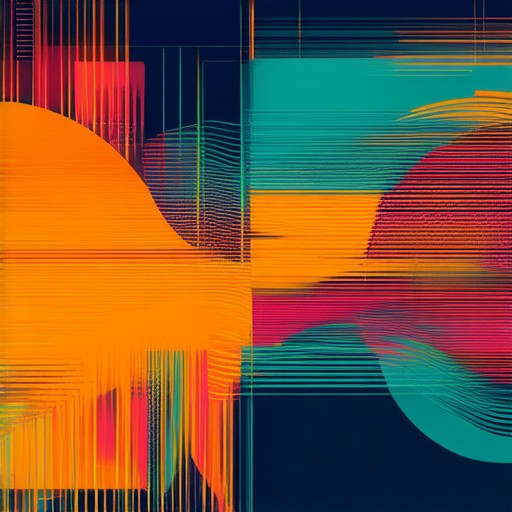
What Are the Key Differences Between Funk Music and Disco?
To understand the differences between funk music and disco, let’s explore their unique characteristics, influences, and musical elements:
Rhythm and Tempo
- Funk: Known for its offbeat groove and syncopated rhythms, funk music often feels laid-back and deliberate. The tempo can vary widely, but it typically ranges from medium to slow.
- Disco: Features an upbeat and danceable rhythm with a steady 4/4 beat. Disco tempos are usually faster, making it more energetic and suited for dancing.
Instruments Used
- Funk: Emphasizes live instrumentation, particularly bass guitar , drums , and often saxophones or Trumpets . Funk bands frequently use a tight rhythm section to create a driving beat.
- Disco: Relies heavily on synthesizers , electric guitars , and drum machines . Disco music often has a more polished and electronic sound, sometimes incorporating strings and horn sections.
Vocal Style
- Funk: Vocals are raw and emotional , often storytelling or expressing personal feelings. Artists like James Brown and George Clinton are known for their powerful, soulful vocals.
- Disco: Vocals tend to be smooth and melodic , with a focus on harmonies and lyrics . Disco artists like Donna Summer and Diana Ross often used catchy, uplifting vocal hooks.
Orchestration
- Funk: Usually features a tight live band with a strong emphasis on rhythm and groove. While some funk records incorporate orchestral elements, they are less common.
- Disco: Often includes orchestras , strings , and horn sections to create a rich, layered sound. Disco producers like Giorgio Moroder used innovative synthesizer sounds to define the genre.
Cultural Context
- Funk: Emerged in the late 1960s, primarily within African American communities, drawing from blues, jazz, and soul music. Funk was a reaction against the restrictions of mainstream rock and pop music.
- Disco: Originated in the mid-to-late 1970s, primarily in European and American discotheques. It blended elements of funk, Latin music, and electronic beats, becoming a global phenomenon.
Key Influences
- Funk: Influenced by African American musical traditions , including gospel, blues, and jazz. It also drew inspiration from Latin music and Caribbean rhythms.
- Disco: Blended Latin rhythms , funk , and electronic music . Disco became a melting pot of diverse cultural influences, creating a unique and vibrant sound.
By understanding these differences, it’s clear that both funk and disco have left an indelible mark on modern music, continuing to inspire new generations of artists and fans worldwide.
How Do Funk Music and Disco Differ in Their Musical Styles and Cultural Impact?
Funk and disco, two iconic music genres that emerged in the late 1960s and 1970s, share a rich history but also exhibit distinct differences in their musical styles and cultural impact. Below is a detailed comparison:
- Musical Style :
- Funk : Known for its deep basslines, syncopated rhythms, and strong groove, funk originated from African American communities in the southern United States. It often features improvisation, live instrumentation, and a focus on rhythm over melody. Artists like James Brown and George Clinton were pioneers who blended funk with other genres such as soul and jazz fusion.
- Disco : Disco emerged from the club culture of New York City, particularly in venues like Studio 54. It is characterized by a four-on-the-floor beat, synchronized dance moves, and a more melodic and pop-influenced sound. Disco artists such as Donna Summer and Bee Gees brought the genre to mainstream audiences, blending elements of funk, soul, and Latin music.
- Cultural Impact :
- Funk : Funk played a crucial role in shaping modern music, influencing genres like hip-hop, jazz fusion, and contemporary R&B. It was also a symbol of Black empowerment during the civil rights era, reflecting the social and cultural changes of the time.
- Disco : Disco had a significant cultural impact, particularly in the LGBTQ+ community, where it became a soundtrack for nightlife and dance floors worldwide. It also influenced pop, electronic, and house music, leaving an indelible mark on global dance culture.
Both genres continue to be celebrated for their contributions to music history, inspiring countless artists and fans across generations. Understanding the distinctions between funk and disco provides insight into their enduring influence on today’s music landscape.
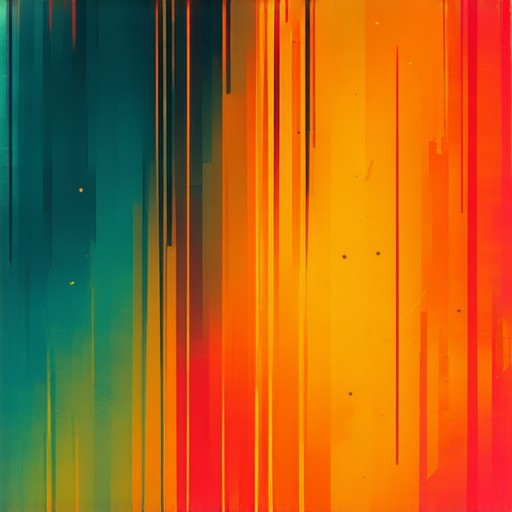
What Sets Funk and Disco Apart?
Funk and disco are two distinct music genres that emerged in the late 1960s and mid-1970s, respectively, each bringing unique styles to the table. While they share common roots in African American music traditions, their differences lie in their rhythmic foundation, instrumentation, cultural impact, and the experiences they evoke.
Rhythmic Differences
- Funk: Known for its tight, driving rhythms and syncopated beats, funk emphasizes groove and individuality. The bassline often takes center stage, creating a raw, primal energy that reflects the struggles and resilience of urban life.
- Disco: Disco features a more upbeat, danceable rhythm with a strong, consistent beat. Its melodies are catchy and often uplifting, designed to create a sense of unity and celebration, perfect for dance floors.
Instrumentation and Production
- Funk: Instruments like the bass guitar, drums, and sometimes horns dominate. Producers focus on creating a stripped-down, gritty sound that highlights the rawness of the performance.
- Disco: The production is more polished, with a focus on smooth vocals, string sections, and a lush, layered sound. Disco tracks often feature orchestral arrangements and a more refined, professional approach.
Cultural Impact and Legacy
- Funk: Born out of the civil rights movement and social changes of the late ’60s, funk was a reflection of Black empowerment and resistance. Artists like James Brown and George Clinton pushed boundaries, experimenting with new sounds and pushing the genre forward.
- Disco: Emerging in the ’70s, disco became a cultural phenomenon, symbolizing the end of the counterculture era and the rise of a more inclusive, celebratory society. It brought people together through its infectious rhythms and positive vibes.
How They’re Experienced Today
- Funk remains a genre for rebels and individuals, appealing to those who love raw, unapologetic music.
- Disco, on the other hand, evokes nostalgia for a time of unity and shared joy, making it a favorite for parties and celebrations.
Both genres have left an indelible mark on music history, influencing everything from hip-hop to contemporary pop. Their unique approaches—funk’s edge versus disco’s polish—continue to define their places in the pantheon of musical styles.
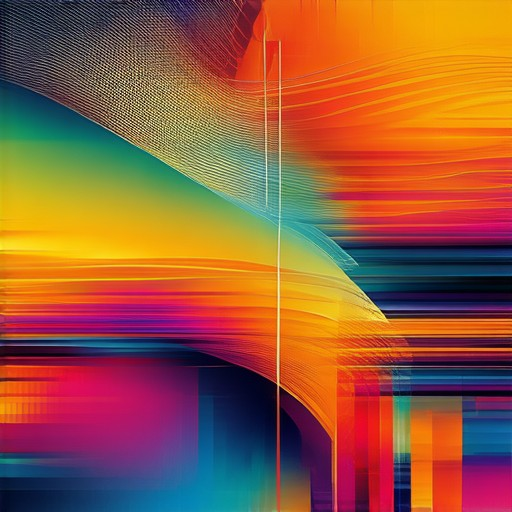
What Sets Funk and Disco Apart?
To understand what sets funk and disco apart, we need to explore their unique styles, origins, and cultural impacts.
- Origins and Evolution :
- Funk : Originating in the late 1960s, funk emerged from African American communities, heavily influenced by jazz, blues, and rhythm and blues. It emphasized syncopated rhythms, offbeat phrasing, and a strong beat. Artists like James Brown and George Clinton were pivotal in shaping the genre.
- Disco : Disco began in the mid-1970s, primarily popularized by African American and Latin American communities. It blended funk elements with pop, soul, and electronic music, creating a more danceable and commercialized sound. Artists such as Donna Summer and Bee Gees helped propel disco into mainstream popularity.
- Musical Characteristics :
- Funk : Known for its deep basslines, syncopated rhythms, and improvisational solos. Funk often emphasizes groove and feel over technical precision, creating a raw and energetic sound.
- Disco : Features a more polished and structured approach, with a prominent beat, catchy melodies, and a sense of grandeur. Disco tracks often incorporate strings, horns, and upbeat tempos to create a celebratory atmosphere.
- Cultural Impact :
- Funk : Played a significant role in the Black Power movement, serving as a medium for social commentary and empowerment. It influenced various genres, including hip-hop and contemporary R&B.
- Disco : While often criticized for its association with excess and materialism, disco brought people together through its infectious beats and danceable rhythms. It had a global appeal, influencing genres from pop to electronic music.
- Legacy :
- Both genres left lasting impacts on music. Funk continues to influence hip-hop, jazz fusion, and neo-soul, while disco has shaped synth-pop, house, and dance music. Today, both genres are celebrated for their contributions to cultural and musical diversity.
For further exploration, check out Tiger Funk’s comprehensive guides on funk and disco , which delve deeper into their histories and influences. Additionally, discover more about the cultural significance of these genres on our music history page.
Common Elements Linking Funk and Disco
Both funk and disco share several key characteristics that bind them together, reflecting their shared cultural and musical influences:
- Roots in African American Music : Both genres trace their origins to African American musical traditions, particularly soul and blues, which emphasized syncopation and improvisation.
- Danceable Rhythms : Funk and disco both feature infectious, danceable beats that encourage movement and celebration, making them staples at parties and clubs.
- Use of Electronic Instruments : Disco often incorporated synthesizers and drum machines, while funk utilized live instrumentation. However, both genres blended rhythmic complexity and melodic elements.
- Cultural Context : Both genres flourished in the 1970s, associated with the rise of discotheques and the counterculture movement, promoting a sense of community and liberation.
- Shared Soul Influence : Many artists in both genres drew inspiration from soul music, with figures like James Brown and Curtis Mayfield bridging the gap between funk and disco.
- Blending of Melody and Rhythm : Both genres excel in merging catchy melodies with intricate rhythms, creating music that is both accessible and musically complex.
These shared elements highlight the interconnectedness of funk and disco, showcasing their mutual influence and enduring appeal.
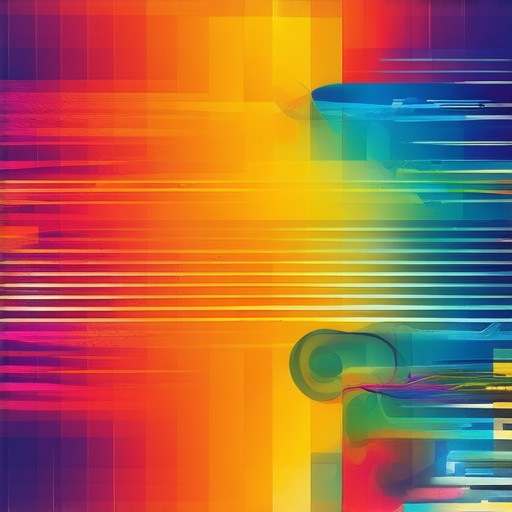
Common Elements Linking Funk and Disco
Funk and disco share a rich history and cultural significance, with several key elements uniting these dynamic music genres.
- Soul Influence: Both genres draw heavily from soul music, with artists like James Brown and Curtis Mayfield serving as influential figures.
- Danceable Rhythms: Both funk and disco feature upbeat, danceable grooves that made them staples in clubs and discotheques.
- Electronic Instruments: While funk often relied on live instrumentation, disco embraced synthesizers and drum machines, influencing the rhythmic foundation of both genres.
- Cultural Context: Emerging in the late ’60s and ’70s, both genres were tied to the rise of club culture and the desire for liberation and celebration.
- Artistic Blends: Artists like Prince and Nile Rodgers successfully merged elements of both genres, showcasing their ability to transcend traditional boundaries.
The shared use of extended instrumental solos and a focus on rhythm and melody further highlight the connection between funk and disco. Both genres thrived in environments that celebrated innovation and dance, leaving an indelible mark on music history.
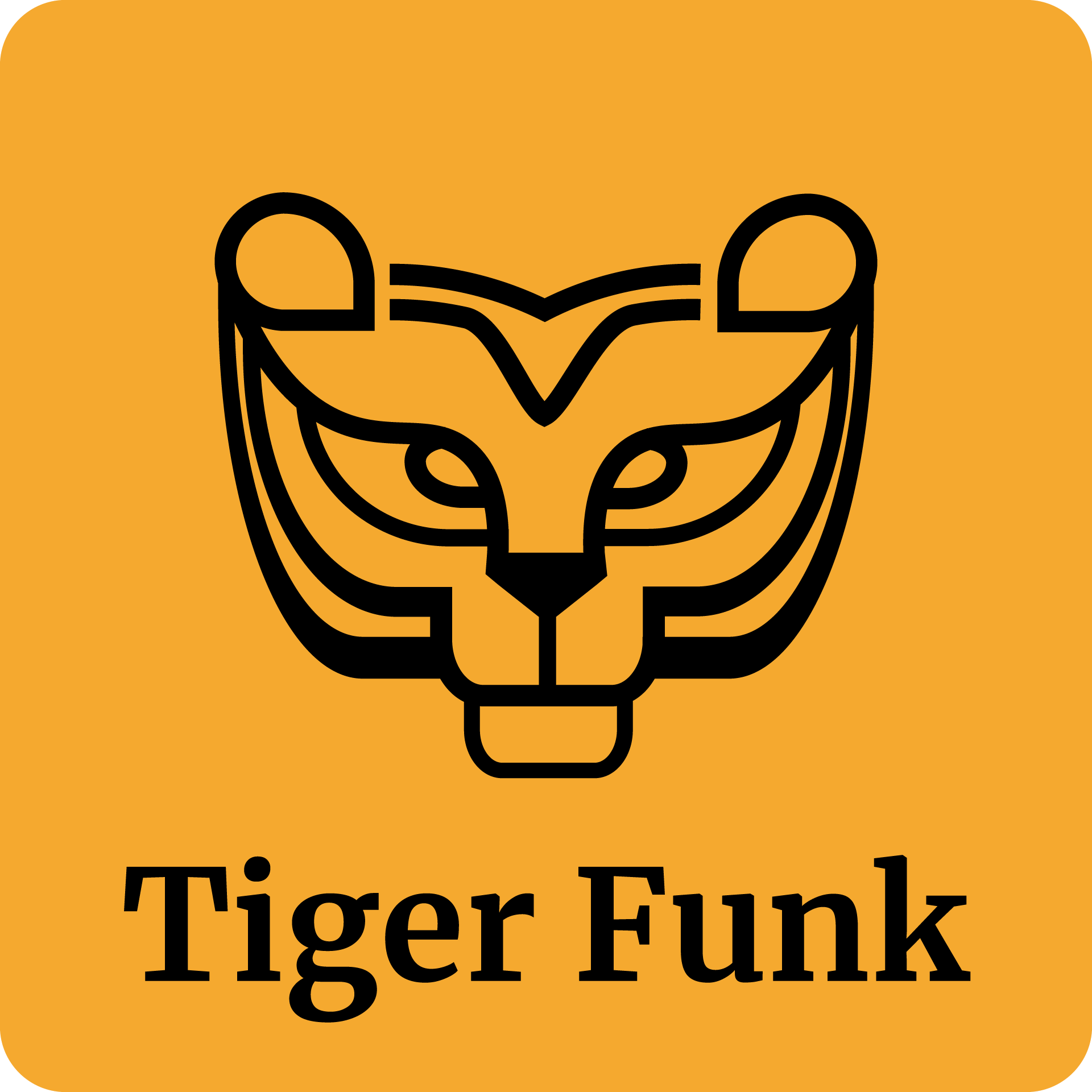
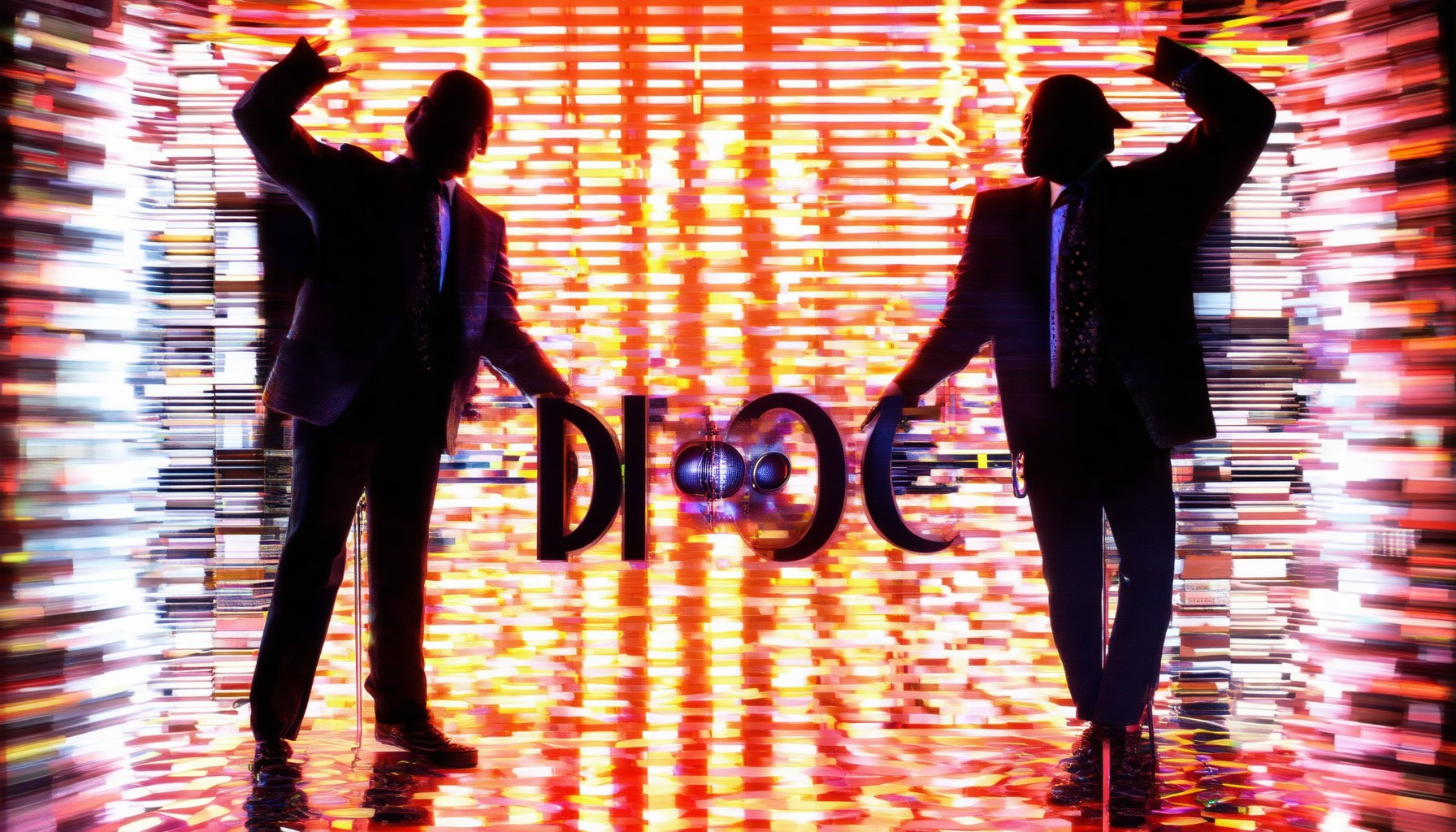
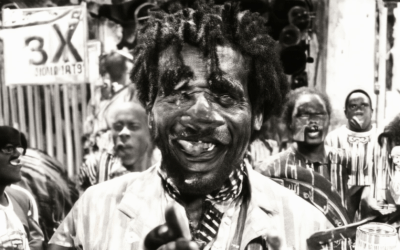
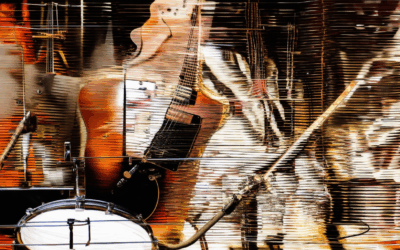
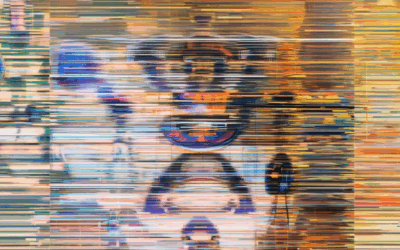
0 Comments